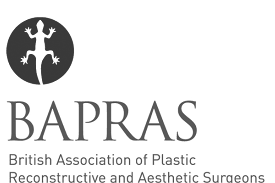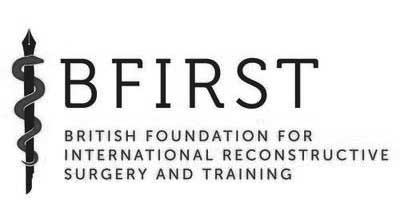
Pinnaplasty (Otoplasty): Correcting Prominent or Protruding Ears
Blog
Pinnaplasty, also known as Otoplasty, is a straightforward and effective surgical procedure designed to correct prominent or protruding ears. This operation is commonly sought by both adults and children who are unhappy with the shape, position, or size of their ears — often due to long-standing cosmetic concerns or social pressures.
What Does Pinnaplasty Involve?
Pinnaplasty involves reshaping or repositioning the cartilage behind the ear to bring the ears closer to the head or to improve their contour. The operation is tailored to the individual’s anatomy and aesthetic goals, and the surgical plan is discussed in detail during consultation.
- Anaesthetic: Performed under local or general anaesthetic, depending on age and patient preference
- Duration: Typically takes 1 to 2 hours
- Technique: Involves reshaping, repositioning, or in some cases, removing a small amount of cartilage from behind the ear
The aim is always to create a natural, balanced appearance without the “pinned-back” look that patients often wish to avoid.
Why Patients Choose Pinnaplasty
There are a number of reasons patients come to see me about ear reshaping surgery:
- Aesthetic concerns – To reduce the prominence of ears that stick out or appear misshapen
- Psychological impact – Many patients, particularly children and teenagers, experience low self-esteem or embarrassment
- Teasing or bullying – Unfortunately, ears are a common target in school-age teasing
- Asymmetry – To improve symmetry between ears that differ noticeably in size or position
- Post-traumatic correction – To restore ear shape after injury
- Congenital deformities – Such as ‘lop ear’, ‘cup ear’, or other ear malformations present from birth
Whatever the motivation, the goal of surgery is to restore confidence and create natural, harmonious results.
What to Expect After Surgery
Dressings and Bandages
- A headbandage is applied immediately after surgery to support the ears and protect the new shape.
- After a few days, this is replaced with a lighter headband, often worn at night for several weeks.
Pain and Discomfort
- Mild discomfort, swelling, or tenderness is expected and usually well managed with simple analgesia such as paracetamol or ibuprofen.
- Some numbness or tingling can occur and generally settles with time.
Swelling and Bruising
- These effects typically peak within the first few days and gradually improve over 1 to 2 weeks.
Stitches
- If non-dissolvable sutures are used, they are removed in the clinic between 5 and 10 days post-op.
- Dissolvable stitches may also be used, depending on the technique.
Return to Normal Activities
- Most adults and older children return to work or school after one week.
- Younger children may need 1–2 weeks off to allow the ears time to heal and avoid accidental trauma.
Physical Activity
- I advise avoiding any strenuous exercise or contact sports for a minimum of 4 to 6 weeks to protect the ears as they heal.
Final Results
- Improvements are visible immediately, but the final result continues to refine over the following weeks as swelling fully resolves. In most cases, the ears settle into their new shape by 6 to 12 weeks post-op.
Is Pinnaplasty Right for You or Your Child?
If you or your child is concerned about prominent ears or has been considering ear reshaping surgery, I would be happy to assess your needs during a personal consultation. We’ll discuss your goals, examine the anatomy of the ears, and determine whether Pinnaplasty is an appropriate and beneficial option.
Book a Consultation
To schedule an appointment or learn more about ear reshaping surgery, please visit www.jonathan-dunne.com or call the clinic directly on 020 8152 4700.




